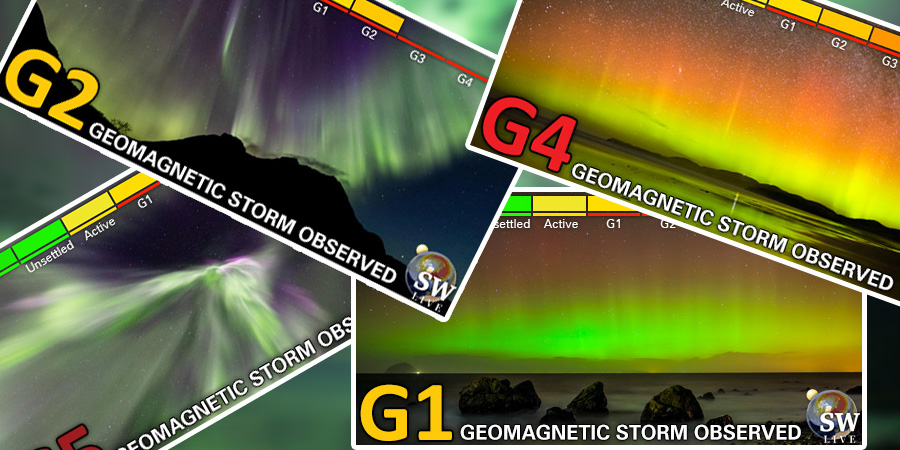Major changes to the Kp alert system
Tuesday, 3 January 2017 19:31 UTC

As most of you are aware, we have an extensive system running behind the scenes that automatically issues all kinds of space weather related alerts on our Twitter channel, browser push alerts and email alerts. One of the alerts that we issue are those related to the Kp-index.
We have always used the Wing-Kp index to drive these alerts. The Wing-Kp index provides both predicted Kp and observed Kp values.
What we changed: the Wing-Kp index will no longer be used as the basis for our Kp alert system and we are instead switching to the alerts directly issues by the NOAA SWPC: the Planetary K-index Alerts. Alerts like these are a thing of the past:
The Kp-index is predicted to reach Kp4+ (Active) in 49 minutes #aurora - Follow live on https://t.co/T1Jkf6i4Cb pic.twitter.com/5y3CuwGl16
— SpaceWeatherLive (@_SpaceWeather_) 3 januari 2017
There are a few reasons for this change but long story short: there will be no more predicted Kp alerts as they were too often unreliable. This will also cut down the amount of alerts that we send during high geomagnetic activity but they will be of a higher quality. These new alerts are being issued as soon as a threshold has been reached which means we get an almost real time Kp alert system. The observed Kp from the Wing Kp came often a considerable amount of time later which was not helpful.
Note that these changes only affect our alert system. The website will still use the Wing Kp-index as the primary Kp source. Data from the NOAA SWPC Planetary K-index and the GFZ Potsdam Quicklook Kp-index can still be found on our website of course on this page. For a list of all the alerts, watches and warnings issued by the NOAA SWPC during the past month please visit this page.
Hope these changes make sense and you will continue to enjoy using the best space weather alert service available!
Thank you for reading this article! Did you have any trouble with the technical terms used in this article? Our help section is the place to be where you can find in-depth articles, a FAQ and a list with common abbreviations. Still puzzled? Just post on our forum where we will help you the best we can!
Latest news
Latest forum messages
Support SpaceWeatherLive.com!
A lot of people come to SpaceWeatherLive to follow the Sun's activity or if there is aurora to be seen, but with more traffic comes higher server costs. Consider a donation if you enjoy SpaceWeatherLive so we can keep the website online!

Space weather facts
| Last X-flare | 2025/03/28 | X1.1 |
| Last M-flare | 2025/04/01 | M2.4 |
| Last geomagnetic storm | 2025/03/27 | Kp5 (G1) |
| Spotless days | |
|---|---|
| Last spotless day | 2022/06/08 |
| Monthly mean Sunspot Number | |
|---|---|
| February 2025 | 154.6 +17.6 |
| April 2025 | 147 -7.6 |
| Last 30 days | 128.8 -21.8 |


